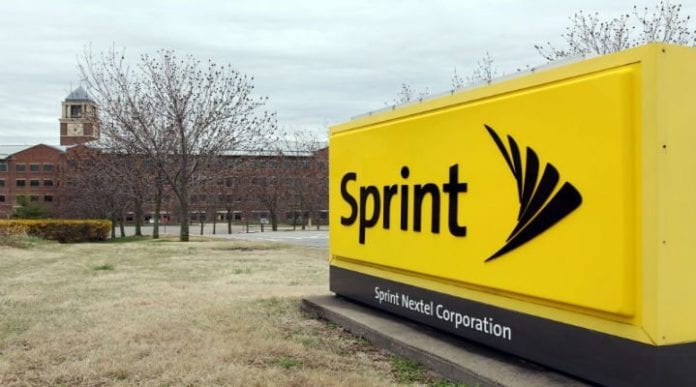Playing it even more conservative than rival Verizon, Sprint CFO Tarek Robbiati said the carrier sees mobile 5G within the next 5 years.
Similar to plans by larger rivals, Sprint sees initial “5G” deployments centered on fixed wireless internet access – also known as enhanced mobile broadband – with eventual plans to add true mobility to the mix.
Speaking at the Deutsche Bank 2017 Media and Telecom Conference this week, Sprint CFO Tarek Robbiati said the carrier sees the move towards a mobile 5G solution coming in about five years.
“I would say it’s perfectly visible that you’re going to have this with the mobility element as well within five years … 2021 … probably around that time frame,” Robbiati said when asked about potential 5G use cases being initially focused on fixed or mobile deployments.
Verizon Communications EVP and President of Operations John Stratton – while speaking at the same conference earlier this week – said the carrier felt some of the talk coming out of the recent Mobile World Congress event hinting at availability of a mobile 5G solution as early as 2019 was “a bit optimistic.”
“I think what we would more likely see is maybe the end 2019 into 2020, where you might see the first sort of delivery of mobile based 5G,” Stratton said. “And remember also to scale you have to seed the base of handsets and so you’ll have that curve. There’s a cost curve, there’s an initial integration that needs to happen.”
As for Sprint’s somewhat controversial capital expenditure moves, Robbiati said recent technology advancements are allowing the carrier to remove network costs while at the same time improving network performance.
Those network moves include the carrier’s technology demonstrations at MWC with partners Nokia and Ericsson, we well as device upgrades based on the Third Generation Partnership Project approved high performance user equipment technology.
With Nokia, Sprint demonstrated massive multiple-input/multiple-output antenna technology designed to boost cell capacity by eight times compared with a standard LTE deployment. The MIMO demonstration tapped into TDD-LTE spectrum with 64-transmit/64-receive technology for downlink and uplink on an existing LTE frequency.
With Ericsson, Sprint demonstrated network speeds of up to one gigabit per second using 60 megahertz of 2.5 GHz spectrum. The demo used Ericsson’s LTE-Advanced features including 4×4 MIMO, 256 quadrature amplitude modulation technology, the vendors “Lean Carrier” solution and three-channel carrier aggregation.
The HPUE technology is said to extend coverage of its 2.5 GHz-based TDD-LTE network by up to 30%, or to nearly match the coverage characteristics of its LTE network using the 1.9 GHz spectrum band. The enhancement comes from a power upgrade in the device designed to allow for greater uplink connectivity support.
“That puts an awful lot of capacity on air,” Robbiati explained. “It’s great to have the spectrum position that we have we feel very comfortable about it. We have all the creative smarts in our engineering team and with the help of SoftBank to exploit that position and bring down capital intensity to levels that were not seen before. … So if you understand that then in your fast forward what does it look like from a free cash flow standpoint, we feel that the combination of the cost take out in the [operating expense] side plus driving capex intensity to levels that were lower than anything that was experienced will sustain free cash flow generation for Sprint.”
The technology moves are set to deploy alongside the carrier’s ongoing network densification efforts, which Robbiati said have been gaining deployment momentum.
“We have plenty of tools in the box,” Robbiati said. “There are small cells that would be effectively acting just like an indoor and outdoor cell site that we are rolling out in certain markets. We are getting to a point where our network will start to be at the very top of performance levels in some cities. We don’t profess that today we are at that level yet, no, we are not No. 1 or No. 2, but we are getting there, we have so many tools in the box that we’ll get there.”
Recent network testing by various independent outfits have indeed shown performance improvements by the carrier, though it still remains – as noted – outside a top placing.
OpenSignal, which placed Sprint No. 4 out of the market’s nationwide operators, noted that while the carrier “is still last among the four national operators in our availability rankings, … it’s now much closer to bridging the once yawning chasm between itself and the other three.”
Bored? Why not follow me on Twitter.

